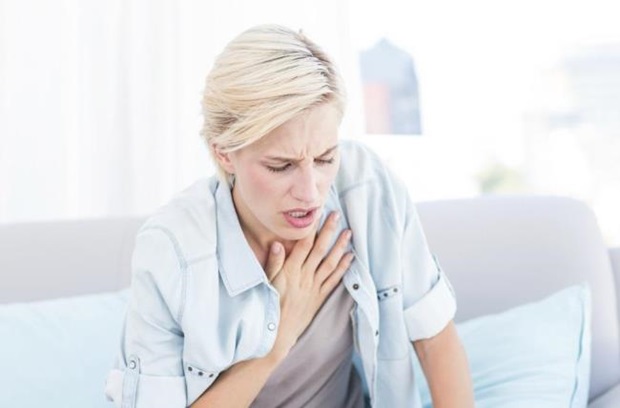What are the symptoms of pulmonary alveolar proteinosis?
Pulmonary alveolar proteinosis (PAP) presents with a variety of symptoms, which may develop gradually. Common symptoms include:
- Shortness of Breath: Often progressive and worsens with exertion.
- Cough: Chronic and non-productive or with minimal sputum.
- Fatigue: Generalized tiredness and weakness.
- Chest Pain: Mild to moderate chest pain or tightness.
- Weight Loss: Unexplained loss of weight over time.
- Exercise Intolerance: Difficulty in performing physical activities due to breathlessness.
Symptoms can vary in severity and may become more pronounced over time, potentially affecting daily activities and overall quality of life. If you experience these symptoms, especially if they are persistent or worsening, it is important to consult a healthcare provider for evaluation and appropriate management.
What are the causes of pulmonary alveolar proteinosis?
Pulmonary alveolar proteinosis (PAP) is primarily caused by a buildup of surfactant in the alveoli, the small air sacs in the lungs. This condition can be due to various factors.
In primary (idiopathic) PAP, the cause is often unclear, though it is frequently linked to autoimmune disorders where the immune system attacks the cells responsible for clearing surfactant from the alveoli.
Secondary PAP arises from other conditions or exposures. This includes infections, especially fungal infections like Pneumocystis jirovecii, exposure to toxins or pollutants, such as silica dust, or certain drugs. It can also be associated with underlying diseases like hematologic malignancies or chronic inflammatory diseases.
Congenital PAP, a rare form, is present at birth and may result from genetic mutations affecting surfactant metabolism. Identifying the specific cause is crucial for appropriate treatment and management of PAP.
What is the treatment for pulmonary alveolar proteinosis?
Treatment for pulmonary alveolar proteinosis (PAP) focuses on addressing the buildup of surfactant in the alveoli and improving lung function. The main approaches include:
- Whole Lung Lavage: This is the most effective treatment and involves washing out the surfactant from the lungs. It’s usually performed under general anesthesia and can significantly improve symptoms and lung function. In some cases, this procedure may need to be repeated periodically.
- Inhaled Granulocyte-Macrophage Colony-Stimulating Factor (GM-CSF): This therapy helps stimulate the production of cells that can clear the excess surfactant from the lungs. It can be administered as an inhaled aerosol and is used particularly in idiopathic PAP.
- Supportive Care: Managing symptoms and improving quality of life through supportive measures, including supplemental oxygen and medications to manage associated conditions or complications.
- Addressing Underlying Conditions: For secondary PAP, treatment involves managing the underlying disease or removing the causative agent, such as discontinuing a harmful drug or addressing an infection.
The choice of treatment depends on the severity of the disease, the underlying cause, and the patient’s overall health. Regular follow-up with a healthcare provider is essential to monitor the condition and adjust treatment as needed.

Leave a Reply
You must be logged in to post a comment.